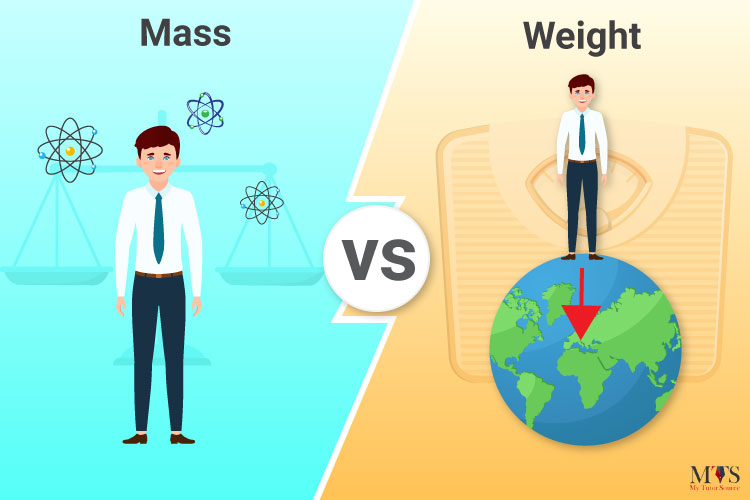Physical Address
304 North Cardinal St.
Dorchester Center, MA 02124
Physical Address
304 North Cardinal St.
Dorchester Center, MA 02124

Contents
In the realm of science, the terms “mass” and “weight” are often used interchangeably in everyday conversations. However, it is crucial to recognize that these two concepts hold distinct meanings and play different roles in the realm of physics. Let’s delve deeper into the disparities between mass and weight to gain a clearer understanding of these fundamental measurements.
Mass serves as a quantification of the amount of matter present within an object. It remains constant regardless of the object’s location and is typically measured in kilograms (kg). The mass of an object is determined by the number of atoms it contains and the type of atoms present. For instance, a wooden baseball bat and a pineapple may both have a mass of 1 kilogram, showcasing that mass is independent of an object’s shape or size.
Moreover, altering an object’s mass involves adding or removing matter. When a child grows, their mass increases as their body synthesizes additional tissues and organs. It’s important to note that mass remains unchanged irrespective of an object’s position or configuration.
Weight, on the other hand, represents the gravitational force acting upon an object. Unlike mass, weight is influenced by an object’s mass and its location, making it a measure of force rather than matter. In the United States, weight is commonly measured in pounds, reflecting the gravitational pull on an object.
While an object’s mass remains constant across different locations, its weight can vary due to discrepancies in gravitational strength. For instance, a 40-kilogram mass on Earth would weigh 88 pounds, but on the moon, it would only amount to 15 pounds due to the moon’s weaker gravitational force.
It’s essential to recognize that mass and weight exhibit a proportional relationship. As an object’s mass fluctuates, its weight undergoes a corresponding change. Additionally, varying gravitational forces on distinct celestial bodies lead to fluctuations in an object’s weight while its mass remains consistent.
For instance, a rocket’s weight diminishes as it expends fuel during launch, resulting in a reduction in both mass and weight. Understanding the disparities between mass and weight is crucial for comprehending the fundamental principles governing the physical world.